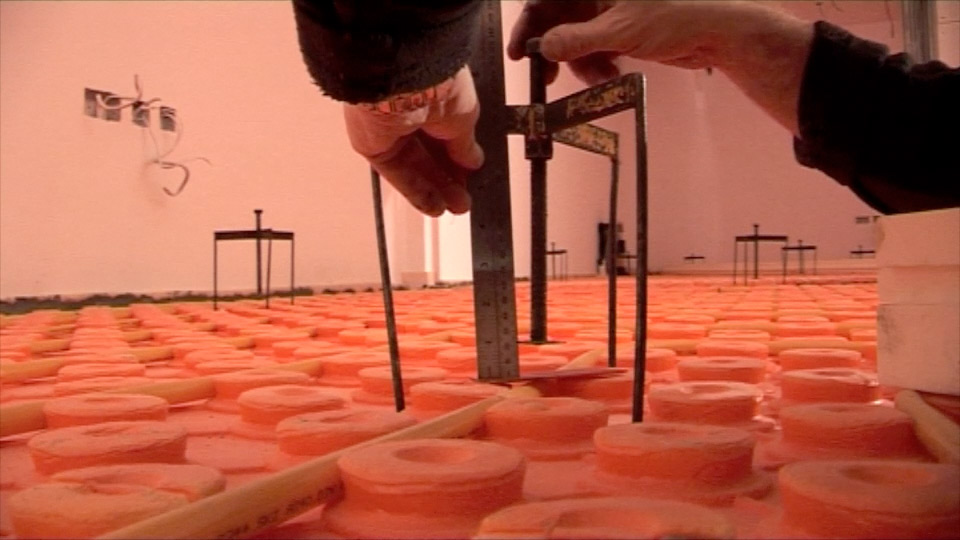Underfloor Heating

Visit www.schluter.co.uk, but very simply this is a super thin screed underfloor heating system with only about 8mm of screed over the top of the heating pipes – YES the system is designed to crack.
Presently we heat a typical screed of an underfloor heating system of say 70 -100mm of concrete screed with about 48 to 55 degrees of hot water – the entire thermal mass of this concrete has to be heated before you the owner gets to feel the benefit – anybody who has had underfloor heating will tell you that it takes between 24-48hrs lag time before you notice either a heating or cooling effect. In the Spring and Autumn months, days can vary enormously in terms of temperature fluctuation, so you constantly chase the desired room temperature with an unresponsive system.
The Schluter Bekotec underfloor heating system, responds in a similar speed to a conventional wall hung radiator system, the main difference is that we only need to put an input temperature of 34-36 degrees hot water to achieve a 21 degree room temperature. This is pulled off the bottom of our large solar thermal stores where the temperature is the coolest – plus should we ever have to rely entirely on the Heat pump for heating, then this is the perfect temperature to get a healthy Cop of 5.
Although slightly more expensive that a conventional underfloor product, Bekotec – doesn’t need any allowance for thermal expansion – no ugly expansion joints are necessary which would have to show through the tiled or flooring level – our basement is a continuous 40m long by 7m wide poured slab with a 25mm limestone tile – three years on not a single hairline crack to be seen any where.
After the self levelling SUPAFLO flow screed from Cemex was poured, the following day you can walk on it, but in all fairness you have to let the anhydrite screed fully cure which takes a further 30 days before you can lay materials on it. The next process is to use a large circular upright floor scraping that “keys” the surface of the screed and removes any light dust, allowing good contact with the adhesive. A this stage a sealnt is applied to he surface and then a Mapei flexible floor tile adhesive bonds the Schluter DITRA matting uncoupling membrane to the floor. Ditra matting has several functions, firstly it uncouples the floor covering from the substrate neutralising tensions between the different materials and all stress cracks deliberately formed in the screed are bridged, secondly waterproofs and creates a permanent vapour barrier between the two surfaces and thirdly due to the channels caused by the square cavities, distributes the heat generated from the underflow pipes evenly across the whole floor eliminating any cold or hotspots.
Hypocaust from Gloucester carried out all the floor screed pumping – and we are able to pour 1500 square metres of screed in just 3 days.
www.schluter.co.uk
www.hypocaust.net
Cemex SupaFLO
www.cemex.co.uk/re/re_sc_su.asp

